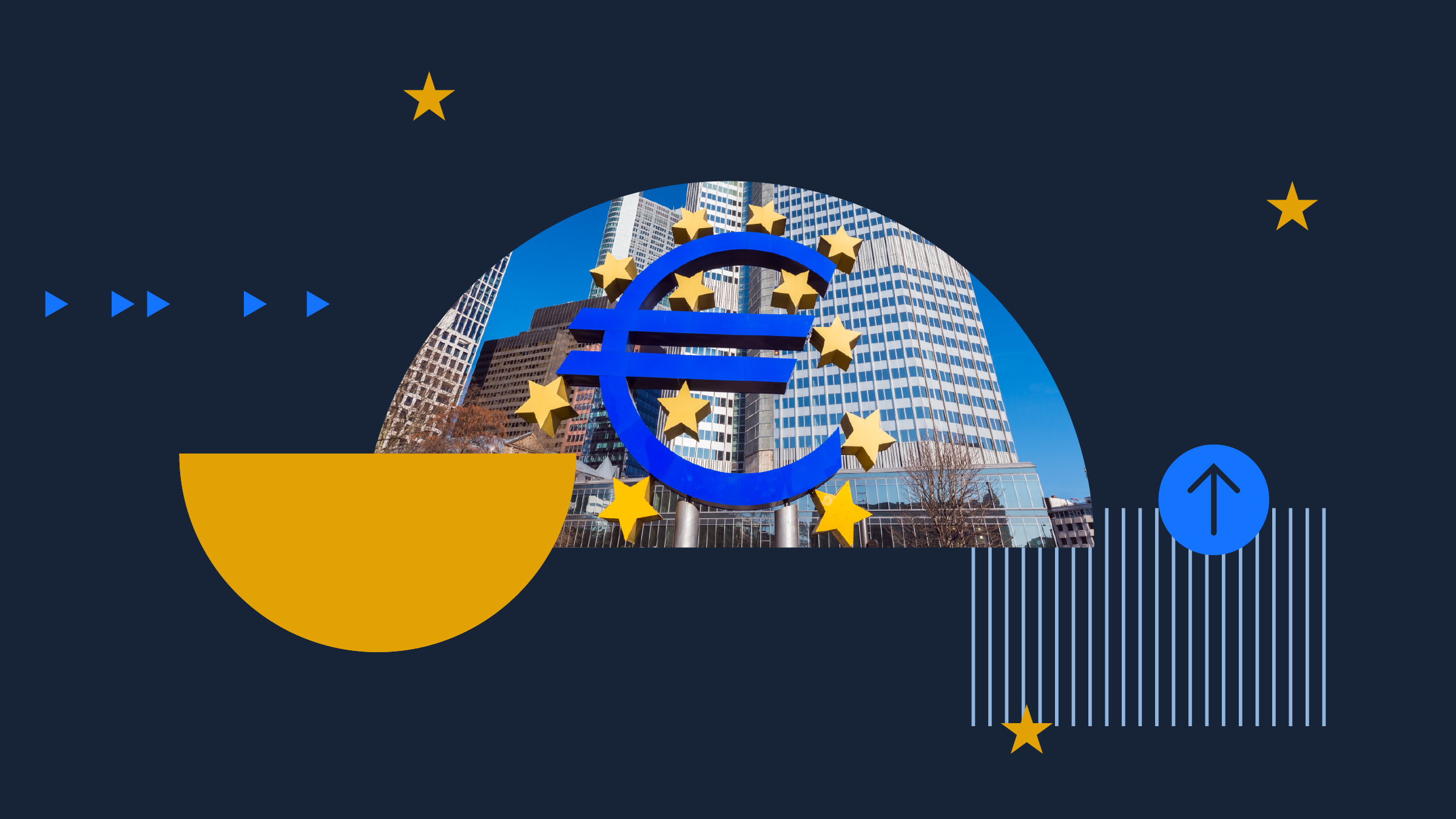
Consumer prices in the eurozone increased by 2% year on year in October, according to Eurostat flash estimates, slightly above market expectations, and above September’s reading of 1.7%.
Core inflation, which shows prices without energy and food costs, rose by 2.7% year-on-year in October, in line with the previous month.
The greatest contributors to annual euro area inflation rate (HICP) were services (+3.9 percentage points, pp), followed by food, alcohol & tobacco (+2.9 pp), non-energy industrial goods (+0.5 pp) and energy (-4.6 pp).
There was some divergence at the country level. German headline inflation was 2.44% year-on-year in October, above consensus expectations and its September print. Meanwhile, Spain‘s price index was at 1.8%, above September’s level, and Italy came in at just 0.9%, up from 0.7% in September.
Should the ECB Worry About Growth?
ECB officials are expressing increasing concern about growth after weak economic data, and the debate on accelerating the pace of cuts is on the table.
Eurozone business activity ticked lower for the second month running in October, with the HCOB Flash Eurozone Composite PMI Output Index at 49.7, below the line that marks expansion from contraction (50).
The eurozone economy expanded by 0.4% in the third quarter compared to the previous quarter, according to Eurostat’s preliminary data released on Wednesday. GDP increased by 0.9% year on year. Overall, the euro area performed worse than expected in 2024, and the ECB had to revise down its projections in September to 0.8% for 2024 vs 0.9% in June.
While German quarterly GDP surprised on the upside, the eurozone‘s standout was Spain at 3,4% growth versus a year earlier. Italy’s GDP came in below expectations, up just 0.4% over the same quarter last year.
How Much Will the ECB Cut Interest Rates?
In a note on October 25th, Goldman Sachs gave a “baseline forecast for a 25bp cut in December as the minimum and see a low hurdle for a 50bp move in December with a further weakening of the activity and inflation data”.
A 50bp cut is not a “done deal”. Tomasz Wieladek, Chief European Economist at T. Rowe Price, is of the view that “it is too early to expect a 50 basis point cut in December.” However, he admits that a major tail risk is U.S. tariff policy after the Presidential election: “Even if the new U.S. policy were to lead only to tariff negotiations with the European Commission, the degree of uncertainty will be very large,” Wieladek explains. “In this scenario, economic surveys are expected to deteriorate further due to the impact on sentiment.”
He added that if economic surveys plummet, the ECB could easily cut 50 basis points at its January or March meeting.
The author or authors do not own shares in any securities mentioned in this article. Find out about Morningstar's editorial policies.























